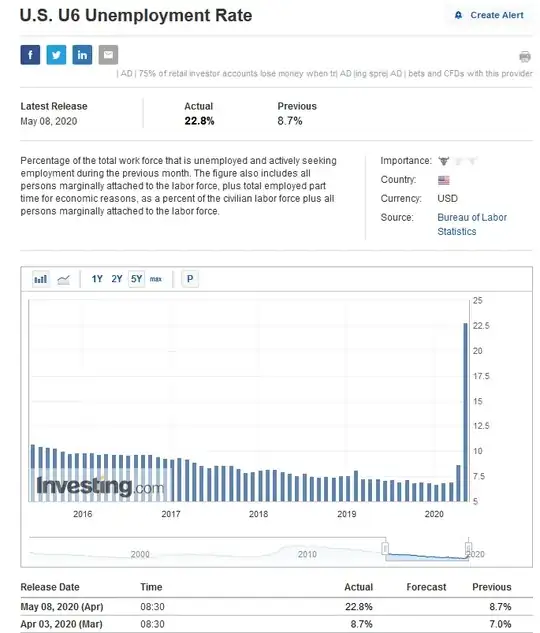Before this seven-week stretch of 33.5 million initial jobless claims, there were already 7.1 million unemployed Americans as of March 13. When those figures are combined, it equals more than 40 million unemployed, or a real unemployment rate of 24.9%.
Question
Is the unemployment rate 24.9% as of March 2020, including those that quit searching for work?
